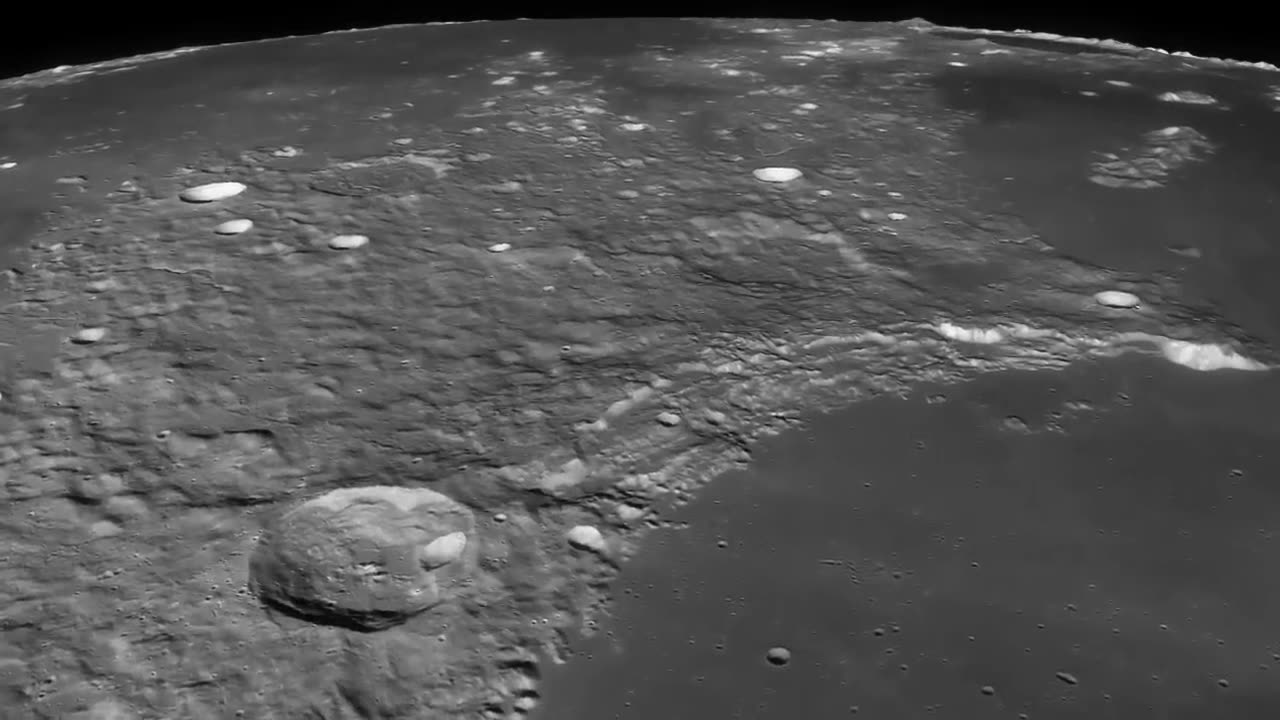Premium Only Content

Moon - Close Up View - Real Sound. HD
Our Universe is not silent..
Although space is a vacuum, that does not mean there is no sound in it.
Yes, space is a vacuum - so it generally doesn't carry sound waves like air does here on Earth. However, some sounds do exist in outer space, we just can't hear them. Various probes that zoom through the space are capable of capturing radio emissions from astronomical objects. NASA's scientist have designed special instrument known as 'astronomical interferometer' which can record these electromagnetic vibrations, and transfer them into sounds within range of human hearing (20-20,000 Hz).
Interesting Facts about our Moon:
The Moon's Latin name is Luna.
The Moon formed approx. 4.5 billion years ago.
Moon is the fifth-largest natural satellite in the Solar System.
The moon orbits the Earth at an average speed of 3,700 kilometers an hour.
The Moon is in synchronous rotation with Earth - it is always shows Earth the same side.
The Moon’s surface is dark.
The dark side of the Moon cools to about -169 degrees Celsius.
During the lunar day that lasts about a month Moon's surface bakes in the sun at up to 117 degrees Celsius.
The Moon is drifting away from the Earth approx. 3.8 cm every year.
The Moon has quakes called the Moonquakes.
There is water on the Moon.
The Soviet Union’s Luna program featured the first successful landing of an unmanned spacecraft on the surface of the Moon in 1966.
The USA’s NASA Apollo 11 mission in 1969 was the first manned Moon landing.
The first person to set foot on the Moon was Neil Armstrong.
A lunar eclipse occurs when the Earth is between the Sun and the Moon.
The Moons is actually more of an oval shape.
The Moon is international property.
Apollo 17 astronaut Harrison Schmitt was allergic to the Moon.
Astronauts have brought 842 pounds of moon material back to Earth.
The dark spots on the moon are called maria.
-
 12:44
12:44
BlackDiamondGunsandGear
13 hours agoRadian Ramjet & Afterburner / Worth it? / Which Shoots Flatter?
6.96K2 -
 49:10
49:10
CharLee Simons Presents Do Not Talk
10 days agoDO NOT TALK with GIL MAZA & SAM ANTHONY (Mass Deportation Results)
3.91K -
 8:07
8:07
Tundra Tactical
19 hours ago $4.07 earnedHiPoint Embraces The MEME Yet Again.
42.4K5 -
 36:00
36:00
hickok45
6 hours agoSunday Shoot-a-Round # 267
2.93K11 -
 38:57
38:57
PMG
16 hours agoHannah Faulkner and Brandon Tatum | BREAKING THE CHAINS: Exposing the Left’s Manipulation
1.71K -
 11:46
11:46
GBGunsRumble
21 hours agoSomething Unusual
1.17K3 -
 19:20
19:20
Russell Brand
23 hours agoRFK Just EXPOSED THIS And it Changes EVERYTHING
201K432 -
 3:21:11
3:21:11
Barry Cunningham
20 hours agoPRESIDENT TRUMP IS THE STORM! DEMOCRATS INITIATE A COUP! LIBNUTS LOSING IT! ARE YOU READY?
199K189 -
 3:00:09
3:00:09
DLDAfterDark
13 hours ago $8.38 earnedDLD Live! Today's Leftist Extremists - Feat. Fattac Josh & Red Dawn Readiness
57.5K11 -
 1:53:47
1:53:47
Break The Cycle w/ Joshua Smith
1 day ago $2.29 earnedBreak The Cycle Ep. 246: The Return w/ Vinny Marshall
50.2K4